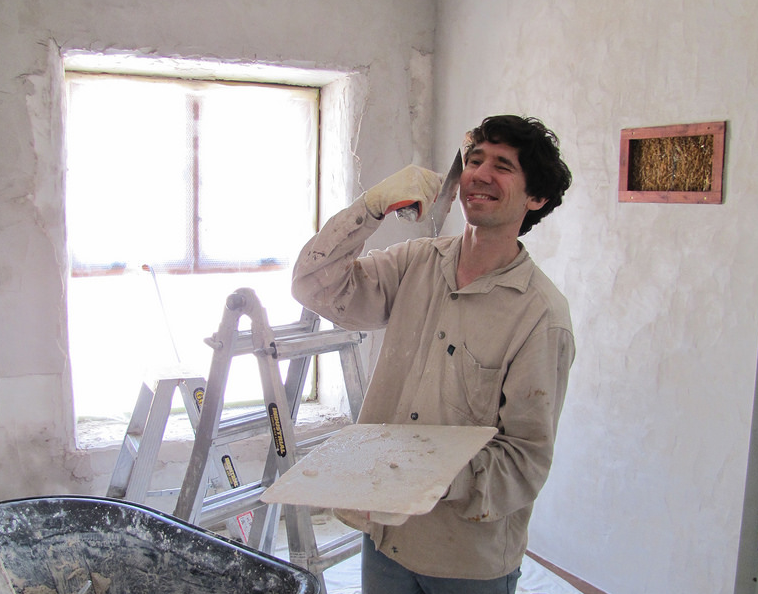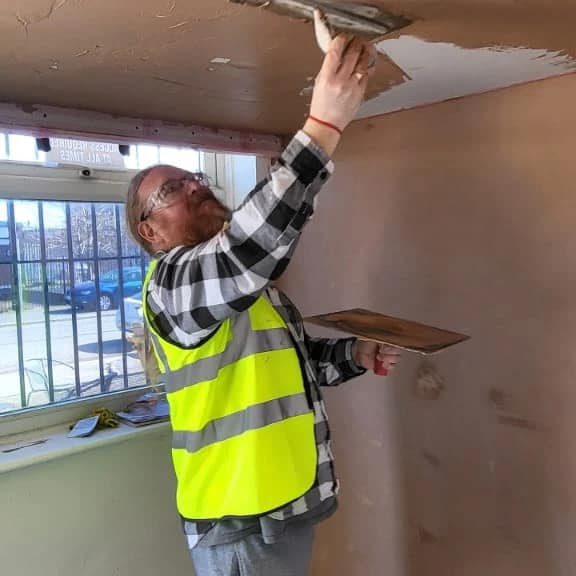A Comprehensive Guide to Mastering Plastering Abilities for Your Improvement Demands

Crucial Devices and Materials
In the realm of plastering, having the right tools and materials is critical to achieving a flawless finish. Different important devices serve distinctive functions, guaranteeing effectiveness and accuracy throughout the smudging process. A premium trowel, for circumstances, is vital for using and smoothing plaster, while a hawk gives a stable platform for holding the material. A joint blade is additionally essential for in-depth work, especially in corners and edges.
In addition to tools, picking the appropriate plastering products is essential. Gypsum-based plasters are typically preferred for their convenience and simplicity of use, while cement-based options are optimal for exterior applications due to their durability. Water and bonding representatives play substantial functions in achieving appropriate uniformity and attachment, making certain that the plaster sticks effectively to the surface.
In addition, protective gear such as handwear covers, safety glasses, and masks is vital to protect versus dirt and irritation during the application process. By setting up the right mix of tools and products, plasterers can boost their ability and produce top quality surfaces, eventually raising the total craftsmanship of their job.
Preparing Surfaces for Smudging
Achieving a long lasting and smooth plaster finish starts with meticulous preparation of the surfaces to be plastered. This foundational step is crucial to making sure adhesion and the longevity of the plaster. Beginning by assessing the condition of the substrate-- whether it is masonry, drywall, or concrete-- removing any kind of loose paint, dirt, or particles that may hinder bonding.
Next, fix any kind of flaws such as fractures or openings. Use an ideal filler to achieve a degree surface area; this can be vital for stopping future issues. Once repaired, make sure the surface is dry and tidy, as wetness can endanger plaster adherence.
For permeable surfaces, it is suggested to apply a bonding agent. This item enhances attachment and develops a trustworthy interface between the plaster and substrate. If dealing with previously plastered surfaces, it might be essential to mess up or sand the area lightly to supply a key for the brand-new plaster layer.
Smudging Techniques and Tips
Mastering plastering strategies calls for both skill and practice to accomplish a perfect surface. One important strategy is the application of the plaster in numerous slim layers, as opposed to a single thick layer. This approach permits much better attachment and minimizes the danger of fracturing. Start with a skim coat, ensuring it is evenly spread out and leveled with a hawk and trowel. Make use of a straightedge to inspect for any flaws before going on to subsequent layers.
When using the surface layer, utilize a shoveling strategy that entails holding the trowel at a mild angle and operating in a circular motion. This assists to develop a smooth surface and reduces the appearance of trowel marks. Additionally, maintain a spray bottle of water helpful to mist the surface area lightly; this maintains the plaster convenient and enables smoother ending up.
Timing is vital; work efficiently, as the plaster starts to set. When the plaster has actually firmed up however is still damp, make use of a moist sponge to gently smooth the surface area even more. Finally, permit appropriate drying out time before fining sand or paint, guaranteeing your hard work results in a professional, premium coating.
Usual Blunders to Stay Clear Of

An additional typical error is using plaster as well thickly. Overzealous applications can lead to cracking and prolonged drying out times. It's important to use plaster in slim, also layers, allowing each coat to completely dry sufficiently prior to adding more.
Furthermore, not utilizing the right devices can impede the top quality of the surface. Making use of improper trowels or mixers can develop incongruities in the gluing procedure. Always choose for top notch devices created for plastering tasks.
Lastly, lots of people ignore the importance of timing. Working in unsuitable temperatures or moisture levels can adversely influence plaster drying and curing. It is advisable to examine weather condition conditions and adapt your routine appropriately.
Finishing Touches for a Professional Look
The final phases of a plastering task are crucial for accomplishing a polished, specialist appearance. As soon as the plaster has dried out sufficiently, the following action is to evaluate the surface for flaws.
After fining sand, it's a good idea to clean up the surface area to eliminate any dust and particles. A moist cloth is effective for this function, complied with by a comprehensive drying period. If necessary, using a thin layer of completing plaster can improve the surface even more, giving a seamless coating.
Once the finishing plaster is dry, an additional round of sanding might be called for to accomplish the wanted level of click here to read smoothness. Finally, think about using a primer prior to paint or wallpapering, which will boost bond and toughness.
Conclusion
Understanding smudging skills significantly enhances the top quality of renovation tasks. A comprehensive understanding of essential devices, surface area preparation, and efficient methods is essential for achieving expert outcomes.
Water and bonding representatives play significant functions in attaining proper uniformity and attachment, making certain that the plaster sticks properly to the surface area. Plastering.


Additionally, maintain a spray container of water useful to haze the surface area lightly; this keeps the plaster convenient and permits for smoother ending up. (Plastering)
If essential, using a slim layer of ending up plaster can boost the surface even more, providing a smooth finish.